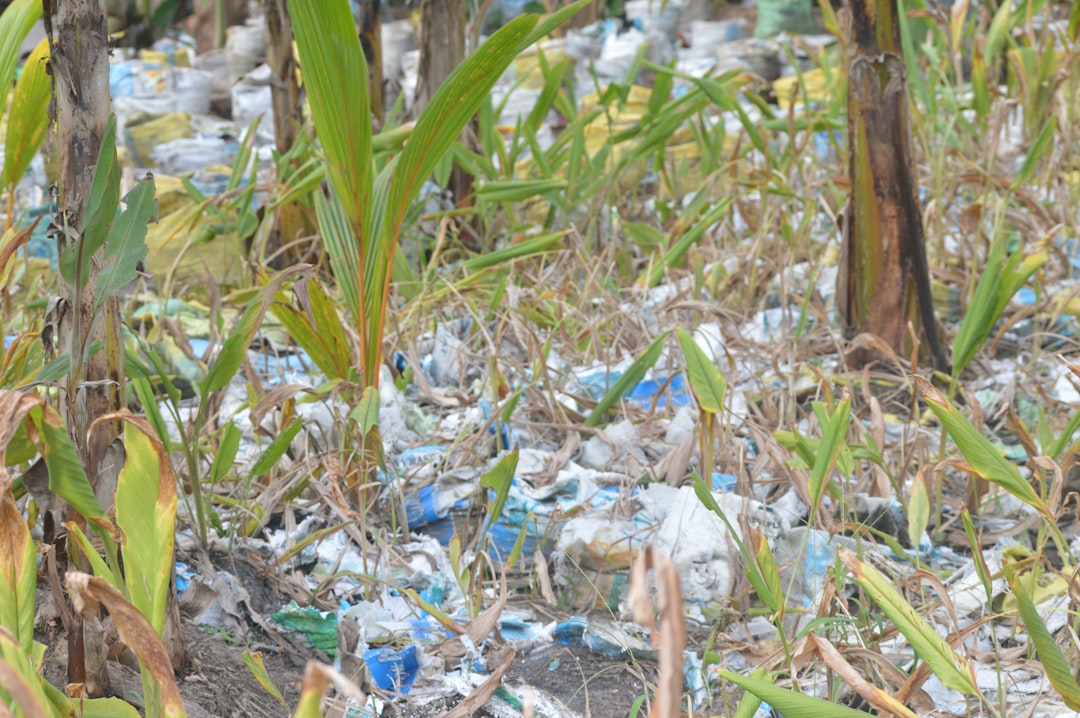“`html
Plastic Waste to Fuel: A Revolutionary Solution or Just Hope?
We’re drowning in plastic. It’s clogging our landfills, polluting our oceans, and disrupting ecosystems. But what if we could turn this environmental nightmare into something useful – like fuel? The idea of converting plastic waste into fuel is gaining traction, but is it a silver bullet, or just another complex challenge?
The Promise of Plastic-to-Fuel Technology
The basic premise is simple: take unwanted plastic and convert it into usable fuel. Several technologies are being developed to achieve this, but one of the most promising is pyrolysis. Pyrolysis involves heating plastic waste in the absence of oxygen. This breaks down the long chains of polymers that make up plastic into shorter hydrocarbon molecules, which can then be refined into fuel products like gasoline, diesel, or even jet fuel.
Other technologies exist, including gasification (using high temperatures and limited oxygen), and depolymerization (breaking down the plastic into its original monomers for reuse in creating new plastics – often referred to as “chemical recycling”).
Why is This So Appealing?
- Addresses the Plastic Crisis: Reduces the amount of plastic going to landfills or polluting the environment.
- Potential for Energy Recovery: Transforms a waste product into a valuable energy source.
- Reduces Reliance on Fossil Fuels: Offers an alternative to traditional petroleum-based fuels.
- Creates New Industries and Jobs: Fosters innovation and economic growth in the waste management and energy sectors.
The Impact: Real-World Scenarios and Case Studies
Several companies and organizations are already putting plastic-to-fuel technologies into practice. While the scale is still relatively small compared to traditional fuel production, the potential is significant. For example, some companies are partnering with municipalities to collect plastic waste and convert it into fuel for local transportation. Imagine a city powered, in part, by the very waste it generates!
It’s important to note that not all plastic-to-fuel processes are created equal. The environmental impact can vary depending on the type of plastic used, the efficiency of the conversion technology, and the emissions controls in place. For instance, some processes may require significant energy input, which could offset some of the environmental benefits.
A recent BBC article highlighted ongoing research and development in this field: BBC Science: Turning Plastic Waste into Fuel. The article discusses the technological advancements and the hurdles that still need to be overcome before plastic-to-fuel becomes a widespread solution.
The Role of Chemical Recycling
Chemical recycling, also known as advanced recycling, plays a critical part in this process. Unlike traditional mechanical recycling (which involves melting and reshaping plastic), chemical recycling can break down plastics into their original building blocks. These building blocks can then be used to create virgin-quality plastics, reducing the need to produce new plastics from fossil fuels.
Challenges and Concerns: Not a Perfect Solution (Yet)
While the idea of turning plastic into fuel sounds fantastic, it’s important to acknowledge the challenges and potential drawbacks:
- Cost-Effectiveness: The cost of converting plastic to fuel can be higher than producing traditional fuels, especially with current oil prices. Making it economically viable is crucial for widespread adoption.
- Environmental Impact: Some processes can generate emissions and require significant energy input. Ensuring that the overall environmental impact is positive is paramount. Life Cycle Assessments (LCAs) are essential.
- Plastic Types: Not all plastics are suitable for conversion into fuel. Some types of plastic may be difficult or impossible to process using current technologies. Sorting and processing mixed plastic waste streams remains a challenge.
- Regulation and Policy: Clear regulations and policies are needed to ensure that plastic-to-fuel technologies are implemented safely and sustainably.
- Public Perception: Addressing concerns about potential environmental impacts and ensuring transparency are crucial for building public trust and support.
Critics argue that focusing solely on plastic-to-fuel could distract from more fundamental solutions, like reducing plastic consumption and improving traditional recycling infrastructure. They emphasize that it shouldn’t be seen as a license to continue producing and consuming massive amounts of plastic.
Furthermore, the European Chemicals Agency (ECHA) is continuously evaluating the safety and environmental aspects of various chemical recycling processes. Staying informed about these evaluations is crucial for understanding the long-term sustainability of this approach.
Future Outlook: A Promising, but Complex, Path Forward
The future of plastic-to-fuel technology is uncertain, but it holds significant promise. Ongoing research and development are focused on improving the efficiency, cost-effectiveness, and environmental performance of these technologies.
Here’s what we can expect to see in the coming years:
- Increased Investment: More investment in research and development, as well as commercial-scale facilities.
- Technological Advancements: Improvements in pyrolysis, gasification, and other conversion technologies.
- Policy Support: Government incentives and regulations that promote the adoption of sustainable waste management practices.
- Collaboration: Partnerships between industry, government, and research institutions to accelerate innovation.
Ultimately, the success of plastic-to-fuel technology will depend on a combination of technological advancements, policy support, and public acceptance. It’s not a magic bullet, but it could play a significant role in a more sustainable future.
Reuters has also reported on the advancements in the field. You can find information about recent developments here.
The key takeaway is that converting plastic waste into fuel is a complex issue with both potential benefits and challenges. While it offers a promising pathway for addressing the plastic crisis and reducing our reliance on fossil fuels, it’s not a perfect solution and requires careful consideration and responsible implementation. We need to approach it with realistic expectations and continue to explore a range of sustainable solutions, including reducing consumption, improving recycling, and developing biodegradable alternatives. Only then can we hope to truly tackle the plastic problem.
“`

